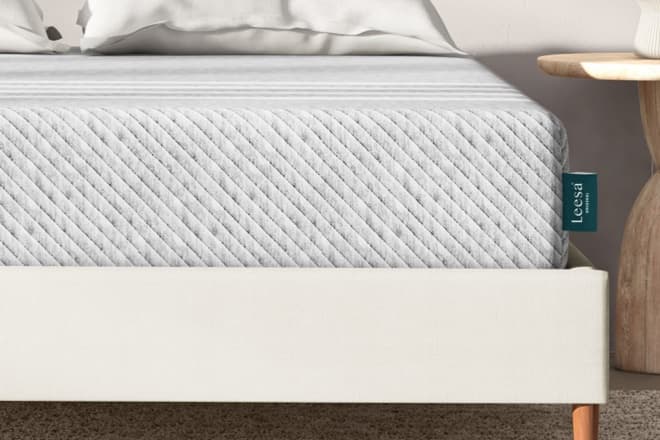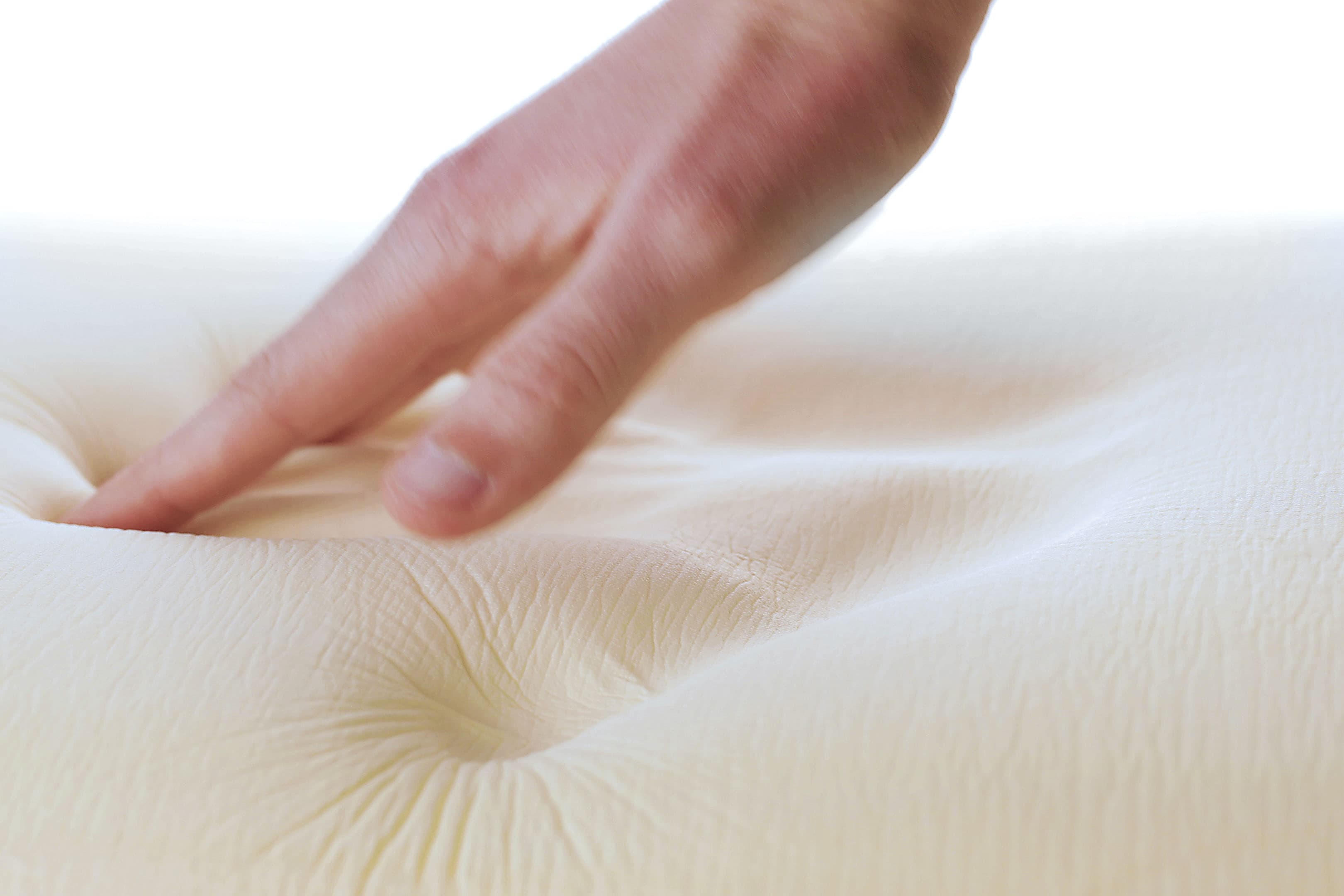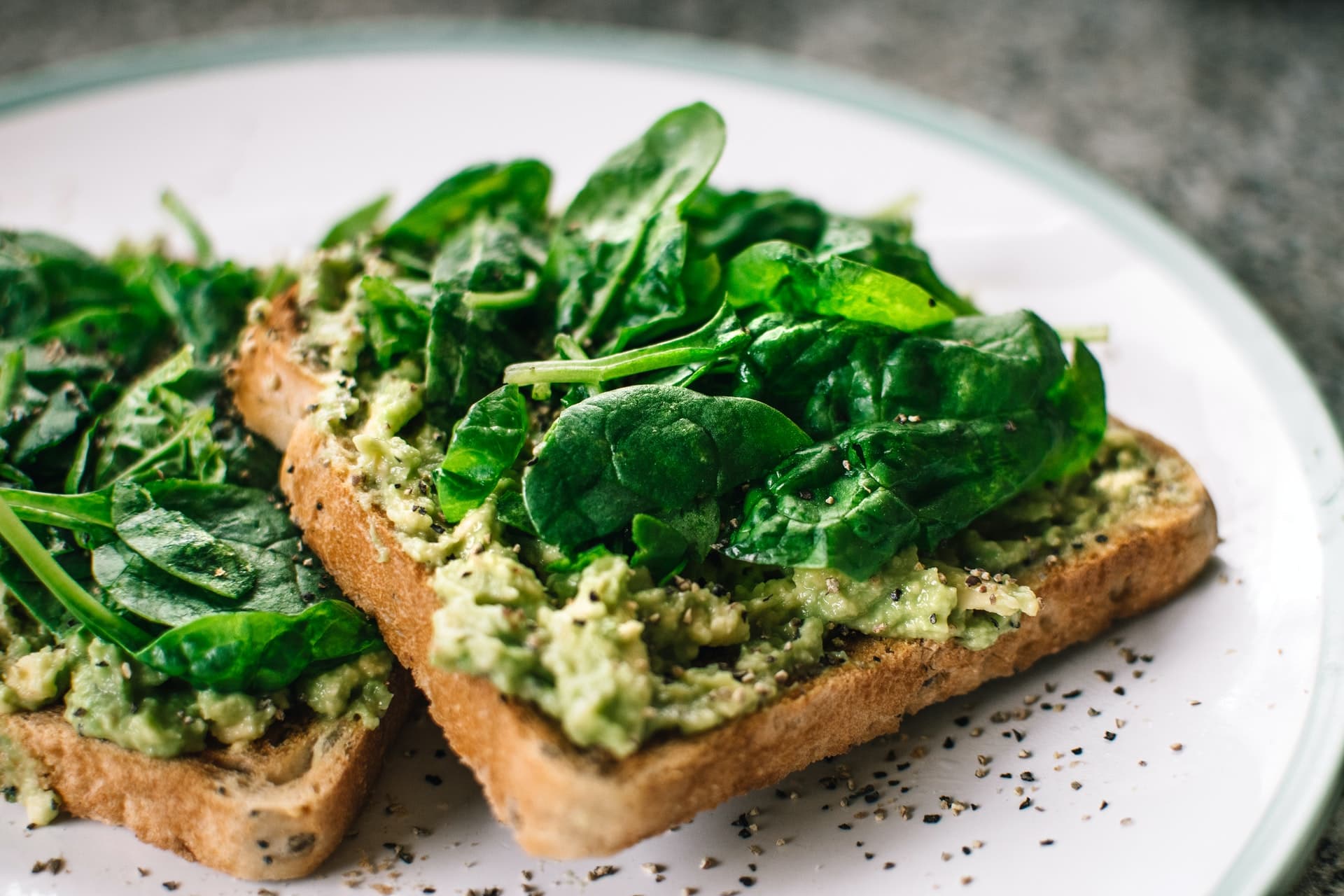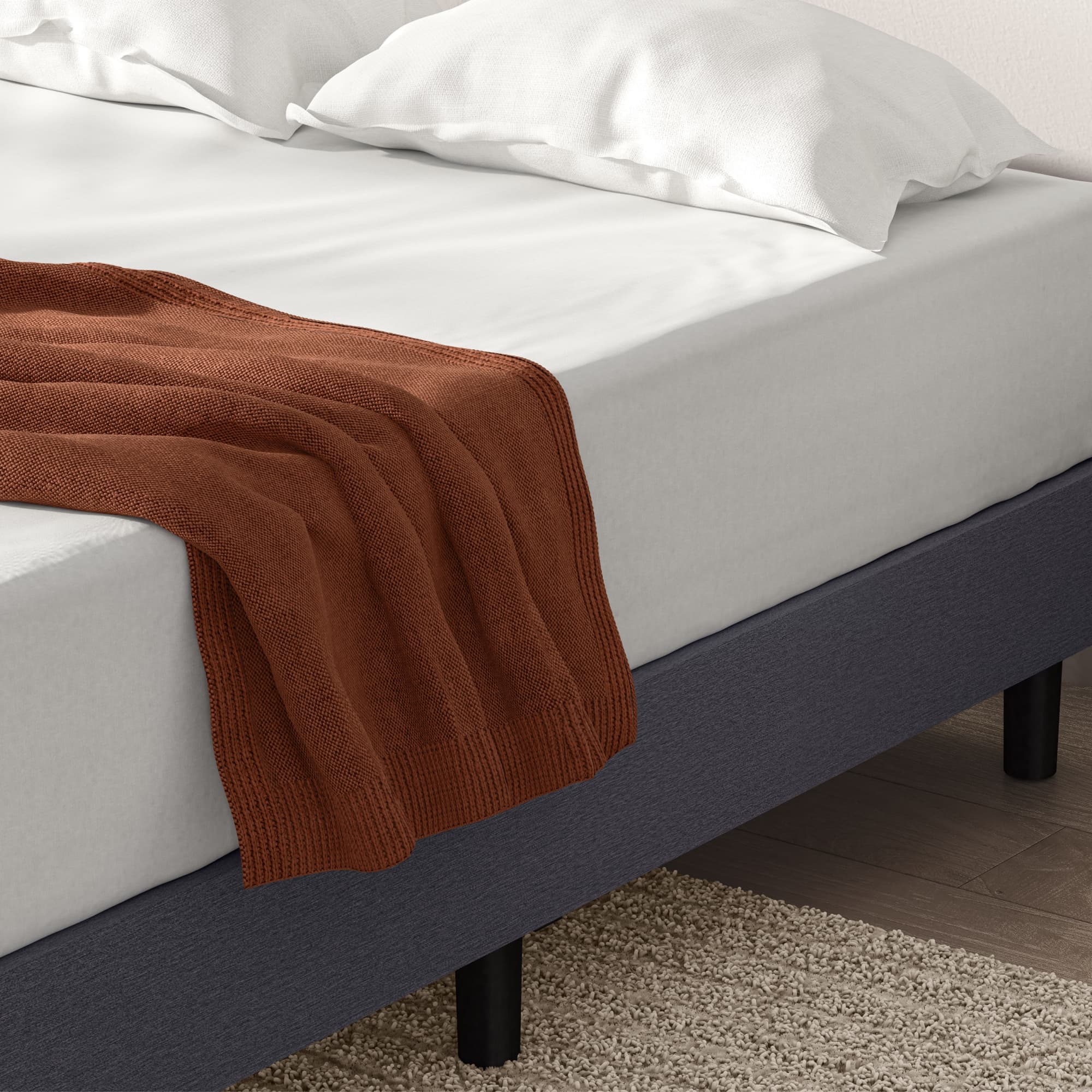Whether your old mattress needs replacing, or you’re looking to treat yourself to some amazing, more restful sleep in the new year with a new mattress, you’ve likely stumbled upon memory foam mattresses.
Memory foam beds are an excellent choice for a whole host of sleep issues, whether you're a light sleeper, you're dealing with heat retention, allergies, arthritis, or you have a constantly moving partner. Memory foam offers support and advantages that other traditional mattresses do not.
Keep reading to learn more about memory foam types, uses, and what makes it such a comfortable sleep solution.
What is Memory Foam?
Memory foam, which is also called temper foam, is a polyurethane foam that was developed by NASA in the 1970s. Its mission was to improve the comfort of aircraft cushions for pilots and passengers.
Although you’ve likely heard of memory foam, you probably have not heard the term viscoelastic, which is just another way to say memory foam. Some forms of viscoelastic foam are fabricated to be more resilient to body changes and movement while sleeping. But, the elastic properties also allow the memory foam mattress to snap back to its original shape when no weight is on the bed, allowing for a good night's sleep without bodyweight causing mattress deterioration like with spring mattresses

Memory foam is extremely durable and is known for providing good support and pressure relief. For these reasons, memory foam mattresses typically have longer lifespans than spring mattresses.
Memory foam mattresses come in a wide variety of forms, including plant-based memory foam, spray foam, mattress toppers, and mattress cover and mattress pad options.
What are Different Types of Memory Foam?
There are three different types of memory foam:
Traditional
The traditional memory foam mattress is the first memory foam that came on the market back in the 1980s. Traditional memory foam was engineered to mold to the body to provide cushioned support. But, it wasn’t perfect. It retained heat and could lead to some sweat-filled sleep. So, other forms of memory foam were created to address this issue.
Open-Cell
Memory foam manufacturers make this memory foam work by adding the same ingredients as its traditional counterpart. But, the mattresses have a different internal structure. The open-cell structure is made up of internal pockets, also called open cells, that were created to ventilate and facilitate airflow through the mattress. Then open cell structure works to disperse heat, leading to a cooler, more comfortable sleep.
Gel-Infused
As the name suggests, unlike many memory foam mattresses, gel memory foam incorporates gel into the mattress pads, typically via microbeads that are added to the foam to create pockets similar to those in open-cell mattresses. Instead of merely allowing air to pass through the mattress, the gel mattresses' microbeads actively absorb and release body heat, so you don't retain body heat with a gel-infused memory foam mattress as you do with other mattress types.
How Are Memory Foam Mattresses Constructed?
Although memory foam beds are manufactured for different reasons, and therefore different ways, there is a standard template that most manufacturers follow. The template consists of three parts:
Comfort Layer
The top section of a memory foam mattress is known as the comfort layer. It’s made up of one or more layers of foam that are typically made to provide contour and cushion. A lot of mattress designs use foams that are more breathable in the comfort layer, particularly if the mattress has a cooling effect because the breathable foam keeps heat away from the surface where the sleeper lies and does not trap heat.
Transition Layer
The next layer of the mattress is made up of one or more layers of foam that are intended to work between the first (comfort) layer and the last layer (the core). These sections are a bit more firm than the ones in the comfort layer and work to absorb heat before it gets to the comfort layer.
Core Layer
The core is the base of the mattress and is commonly made up of firm foam. The core layer is by far the largest layer. It works to stabilize and support the mattress. In hybrid mattresses, the core is not made of foam but another type of core that you’d see in innerspring mattresses. This is intended to provide additional support, bounce, and ventilation.
Benefits of Memory Foam
As you can imagine, memory foam mattresses have distinct advantages that set them apart from other types of mattresses, including:
Uses Your Body Heat to Form to Your Shape
Memory foam mattresses relieve pain and pressure, including pain from arthritis, back pain, neck pain, and pressure spots. This happens because the memory foam works to take your body heat and pressure to conform perfectly to your shape. This facilitates sweet relief for the areas we put the most pressure on during sleep: the hips, neck, and shoulders.
Memory foam’s contouring abilities also help reduce pain and discomfort for people with joint pain and/or arthritis by evenly distributing their weight while they lie down and taking stress off of their pressure points. Then, when you're no longer using the memory foam mattress, it snaps back to its original shape to prevent wear and tear.
Great for Allergy Sufferers
If you suffer from seasonal or pet allergies, the last thing you want is pet dander, dust mites, dust, pollen, etc., getting trapped in your mattress. Memory foam mattresses are excellent solutions for allergy sufferers because they are hypoallergenic thanks to their dense structure that attracts and accumulates much fewer allergens than traditional mattresses.
Motion Transfer
Does your partner toss and turn all night long? Save your relationship — and sleep cycle — with a memory foam mattress that prevents motion transfer. Memory foam’s density and how it responds to and distributes pressure allows it to keep motion on one side of the bed from being felt on the other. So you no longer have to worry about being disturbed by a jittery partner or one who wakes up three hours before you when you opt for memory foam, whether it's a traditional memory foam or gel memory foam.
Are Memory Foam Mattresses Durable?
Sure, you may have to dole out a bit more cash upfront for a memory foam mattress, but you’ll also get your money’s worth — and then some! Memory foam mattresses that are the densest last the longest. Memory foam is much more durable than the traditional spring mattress, and you can expect a high-quality memory foam mattress to last you from eight to ten years.
How to Choose the Right Memory Foam Mattress?
Here are some important factors to take into consideration as you shop for your next memory foam mattress:
Firmness
To choose the right firmness level for your memory foam mattress, you should consider:
- Your weight and body shape. People who weigh more than 230 pounds sink further into their mattresses. These sleepers typically do better with firmer mattresses to avoid that sinking feeling. A firm mattress will also contour to the natural curve of the spine and the body's shape.
- Sleeping position. Stomach and back sleepers should aim for firmer mattresses, while side sleepers should have a mattress that is medium soft.
- Do some research and mattress testing at a local mattress store. Try to stay on the mattress for at least 10 minutes so you can gauge what’s really comfortable.
Density
You should aim for a memory foam mattress with a density of at least three and a half pounds per cubic foot. Aim for six pounds per cubic foot for a mattress that lasts the longest.
Stay away from mattress fillers because they can cause your memory foam mattress to deteriorate quicker. These fillers include:
- Silica
- Calcium carbonate
- Carbon black
- Various clays
Although these materials do have some benefits, such as fire retardant, they can also give a “false density” to your mattress, which will make it seem much more durable than it actually is. Instead, shoot to find the “pure” density of the memory foam in the mattress. That’s the density before any fillers are added.
Thickness
For a high-quality mattress, aim for a thickness between eight to 14 inches. A mattress’s thickness depends on how thick each of the above-mentioned layers is.
Thick mattresses conform to the spine’s natural curvature and enhance lumbar support to relieve back pain. For this reason, people with shoulder or hip pain and arthritis should choose a thick, well-cushioned mattress between 12 to 14 inches thick.
Conclusion
Now that you know the ins and outs of memory foam and why it’s so dreamy, shop Leesa and find your dream memory foam or hybrid mattress so you can finally get a good night's sleep! Don't hesitate to reach out to us if you'd like to discuss which mattress type might be best for you. We offer a wide range of traditional memory foam mattresses as well as other types of memory foam, including gel-infused memory foam and memory foam with an open-cell structure.
FAQ
How long does a memory foam mattress last?
A high-quality memory foam mattress will last between eight and ten years.
Can you flip a memory foam mattress?
Memory foam mattresses should not be flipped because the memory foam layer of the mattress is only on the top, and if flipped over, you won’t be able to enjoy the memory foam’s benefits.
Does memory foam smell go away?
Yes, the chemical-like smell of most mattresses will go away. Any smells from the manufacturing process or being in a box will go away in about seven days. Whether you are a hot sleeper, seeking pressure point relief, treatment for sleep breathing disorders, comfort for odd sleeping positions, improved sleep quality, seating pads, body contouring, or any other form of relief and comfort, most memory foam mattresses will offer just what you're looking for. Traditional memory foam mattresses have many functions and benefits that many other mattresses cannot provide, making them the best sleeping surface on the market.



